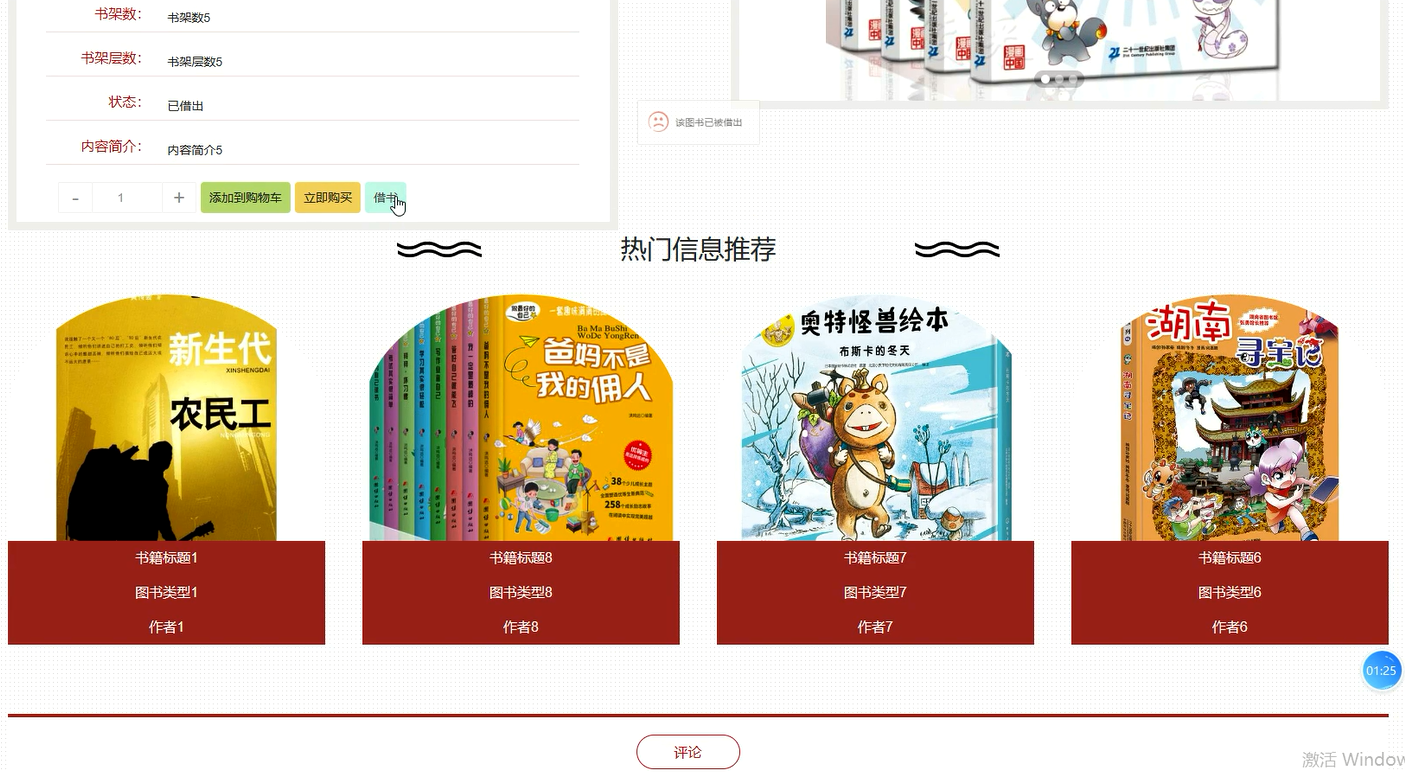当代经济背景下,作为公司实际经营者汇报年度财务、经营、负债等主要情况的首要参照,年报的作用在所有企业文书中首屈一指、无可替代。虽然股东以及其他利害关系人能够从积极分析年报数据获得他们所需要的经营信息,但不可否认,如果仅仅是基础性的数字统计关系,无法展现公司全方位的财务状态。本文将我国内蒙古自治区伊利实业股份有限公司在2012年到2014年间的3份财务报告展开分析,着重考量相关财务资料。在计算和比较财务比率之前,本文系统分析并从横向纵向两个维度着眼了该公司四大财务报表,继而充分考量了公司在负债、经营、获利以及发展潜能等方面的前景,最后进行综合分析,阐述该公司获利能力、经营效能以及财务状态,为阅读者提供详实的参考资料,帮助相关人士辅助决策。同时,针对该公司财务报表中显性或隐性的隐患逐一提出破解建议。
关键词:偿债能力;杜邦分析体系;资产营运效率
Annual report is a reflection of the enterprise management to foreign shall submit their fiduciary responsibility to perform the important information.Stakeholders through the analysis of financial statements can get to the company’s basic financial information, such as enterprise’s current financial position and operating results, etc., this issue but if statement analysis only stay on the reports of original data can’t be learned that enterprise financial information.
It requires a comprehensive, integrated use of economic management and related subjects such as strategy, accounting, statistics and management knowledge.Fully using the knowledge of these disciplines to report data and note information collecting, sorting, processing, comparison and analysis, in-depth internal logic relationship between dialysis data, to dig up behind contained in the annual report of real information.
Stand in the Angle of the external financial report users, this paper will be to Inner Mongolia yili industrial co., LTD. 2012-2014, a total of 3 years financial statements analysis, focus on and analysis of yili industrial accounting data and information in 2014.
This paper from two angles of vertical and horizontal comparative analysis of the company’s four major financial statements, again through the calculation and comparison can reflect the various aspects of financial ratios to evaluate the company’s debt paying ability, operation ability, profit ability and development ability, finally, the integrated use of dupont analysis system of the company’s profit ability, assets operation efficiency and financial situation together carries on the comprehensive analysis.
To explore the Inner Mongolia yili industrial co., LTD., the financial statements
Key Words:Debt paying ability;The dupont analysis system;Assets operating efficiency
目录
摘要……………………………………………………………………………………………………………………………… III
Abstract………………………………………………………………………………………………………………………… III
一、绪论………………………………………………………………………………………………………………………… 3
(一)研究背景………………………………………………………………………………………………………….. 3
(二)研究目的及意义………………………………………………………………………………………………… 3
1.研究目的………………………………………………………………………………………………………….. 3
2.研究意义…………………………………………………………………………………………………………… 3
(三)文献综述………………………………………………………………………………………………………….. 3
1.国外文献综述……………………………………………………………………………………………………. 3
(四)研究的主要内容………………………………………………………………………………………………… 3
二、财务报表分析方法…………………………………………………………………………………………………….. 3
(一)资产负债表………………………………………………………………………………………………………. 3
1、损益表……………………………………………………………………………………………………………. 3
2、现金流量表……………………………………………………………………………………………………… 3
3、所有者权益变动表……………………………………………………………………………………………. 3
4、财务报表附注………………………………………………………………………………………………….. 3
(二)财务报表分析的方法………………………………………………………………………………………….. 3
1、比较分析法……………………………………………………………………………………………………… 3
2、比率分析法……………………………………………………………………………………………………… 3
3、趋势分析法……………………………………………………………………………………………………… 3
4、因素分析法……………………………………………………………………………………………………… 3
三、内蒙古伊利实业股份有限公司财务分析…………………………………………………………………………… 3
(一)负债表分析………………………………………………………………………………………………………. 3
1、水平分析………………………………………………………………………………………………………… 3
2、垂直分析………………………………………………………………………………………………………… 3
3、整体结构分析………………………………………………………………………………………………….. 3
(二)利润表分析………………………………………………………………………………………………………. 3
1、水平分析………………………………………………………………………………………………………… 3
2、垂直分析………………………………………………………………………………………………………… 3
(三)现金流量表分析………………………………………………………………………………………………… 3
1、水平分析………………………………………………………………………………………………………… 3
2、垂直分析………………………………………………………………………………………………………… 3
(四)所有者权益变动表分析……………………………………………………………………………………….. 3
1、水平分析………………………………………………………………………………………………………… 3
2、垂直分析………………………………………………………………………………………………………… 3
四、基于财务报表分析结果提出具体建议………………………………………………………………………….. 3
五、结论………………………………………………………………………………………………………………………… 3
参考文献………………………………………………………………………………………………………………………… 3





